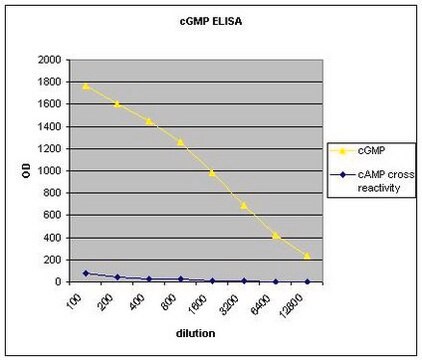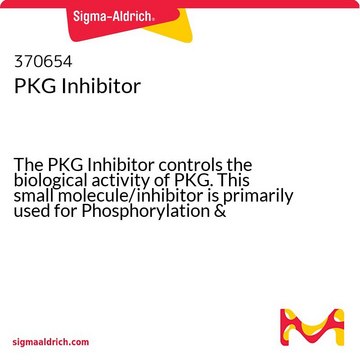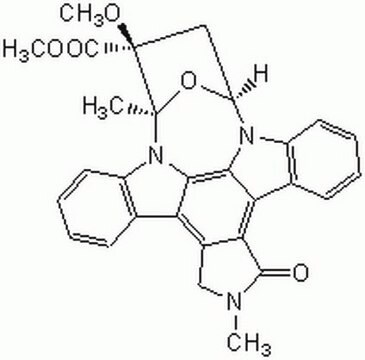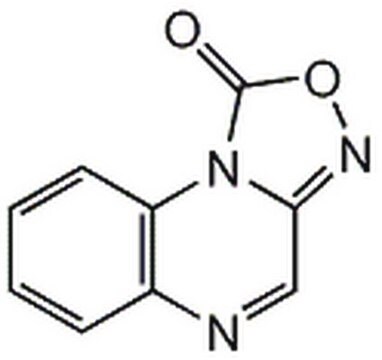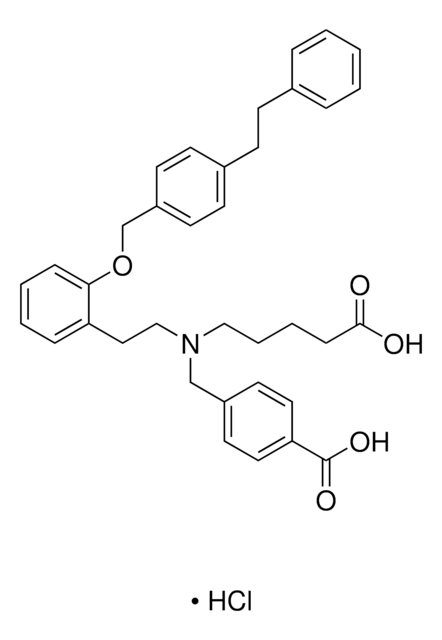B1381
8-Bromoguanosine 3′,5′-cyclic monophosphate sodium salt
≥98% (HPLC), powder
Synonym(s):
8-Br-cGMP, 8-Bromo-cyclic GMP
About This Item
Recommended Products
Quality Level
Assay
≥98% (HPLC)
form
powder
solubility
H2O: 50 mg/mL
storage temp.
−20°C
SMILES string
[Na+].NC1=Nc2c(nc(Br)n2[C@@H]3O[C@@H]4COP([O-])(=O)O[C@H]4[C@H]3O)C(=O)N1
InChI
1S/C10H11BrN5O7P.Na/c11-9-13-3-6(14-10(12)15-7(3)18)16(9)8-4(17)5-2(22-8)1-21-24(19,20)23-5;/h2,4-5,8,17H,1H2,(H,19,20)(H3,12,14,15,18);/q;+1/p-1/t2-,4-,5-,8-;/m1./s1
InChI key
ZJRFCXHKYQVNFK-YEOHUATISA-M
Related Categories
General description
Application
- as a cyclic guanosine 3′:5′-monophosphate (cGMP) agonist in the collapse assay in retinal ganglion axons(10)
- as a component of reaction buffer in in vitro kinase activity assay of recombinant protein kinase (PKG)(11)
- as a cyclic nucleotide analog for the induction of cyclic nucleotide-gated channel (CNGA and CNGC) expression in human embryonic kidney cells(12)
Biochem/physiol Actions
Features and Benefits
Storage Class Code
11 - Combustible Solids
WGK
WGK 3
Flash Point(F)
Not applicable
Flash Point(C)
Not applicable
Personal Protective Equipment
Certificates of Analysis (COA)
Search for Certificates of Analysis (COA) by entering the products Lot/Batch Number. Lot and Batch Numbers can be found on a product’s label following the words ‘Lot’ or ‘Batch’.
Already Own This Product?
Find documentation for the products that you have recently purchased in the Document Library.
Customers Also Viewed
Our team of scientists has experience in all areas of research including Life Science, Material Science, Chemical Synthesis, Chromatography, Analytical and many others.
Contact Technical Service
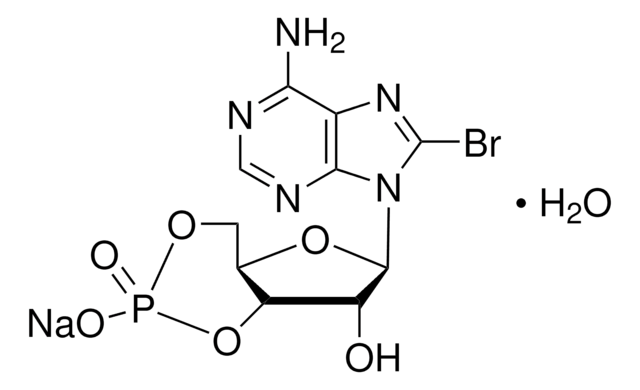
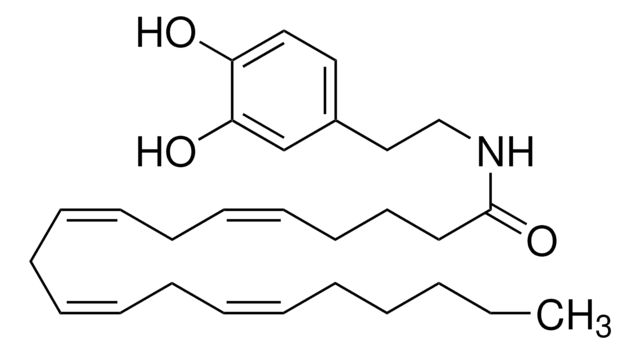


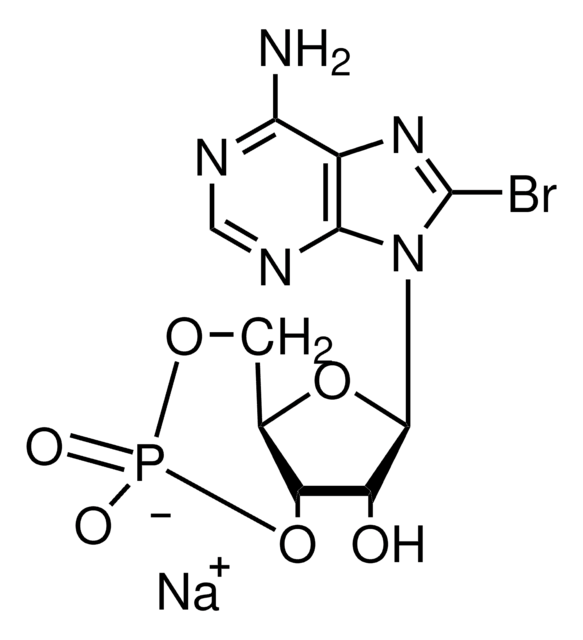




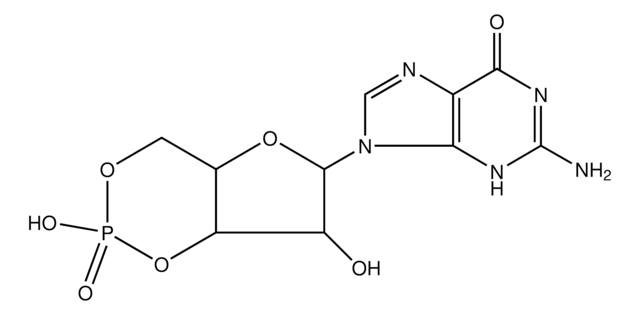
![1H-[1,2,4]Oxadiazolo[4,3-a]quinoxalin-1-one powder](/deepweb/assets/sigmaaldrich/product/structures/764/715/605dc5a5-0864-471b-a71e-bd2aa6553c1d/640/605dc5a5-0864-471b-a71e-bd2aa6553c1d.png)
